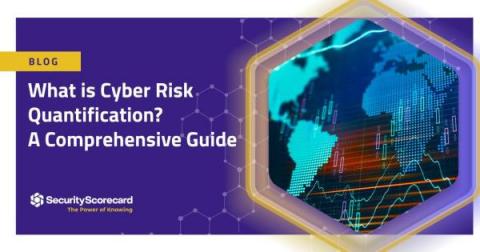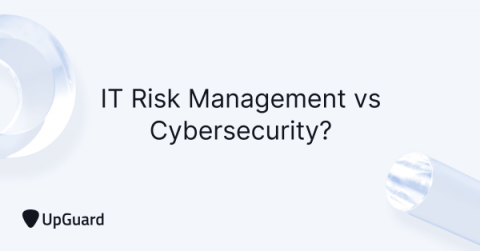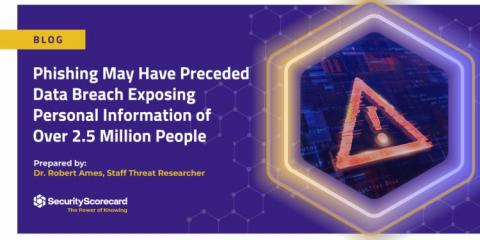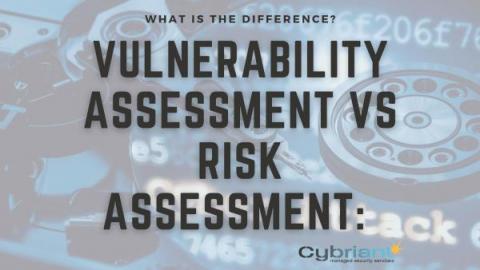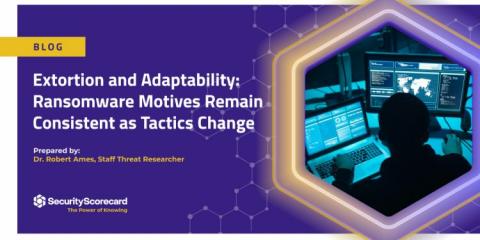Do You Know How Much Risk Your Third-Party Vendors Pose to Your Business?
When you choose to work with a third party, there's always the risk that they will cause your business harm. The right tools can help you make better-informed decisions about the vendors you choose and spot problems before they occur. Third-party vendors are an important part of any business, but it's important for employers to understand what the risks are when working with these partners.



